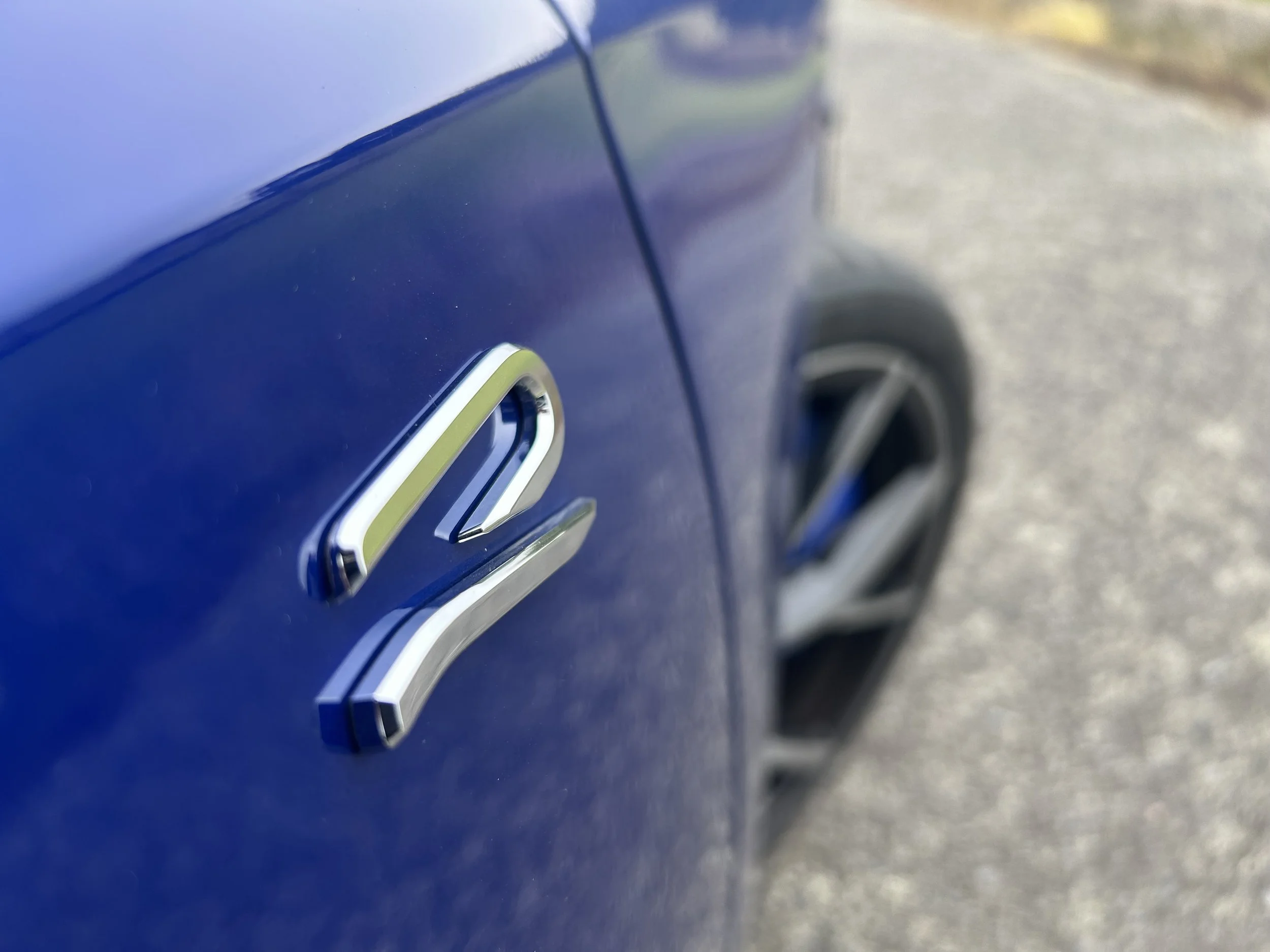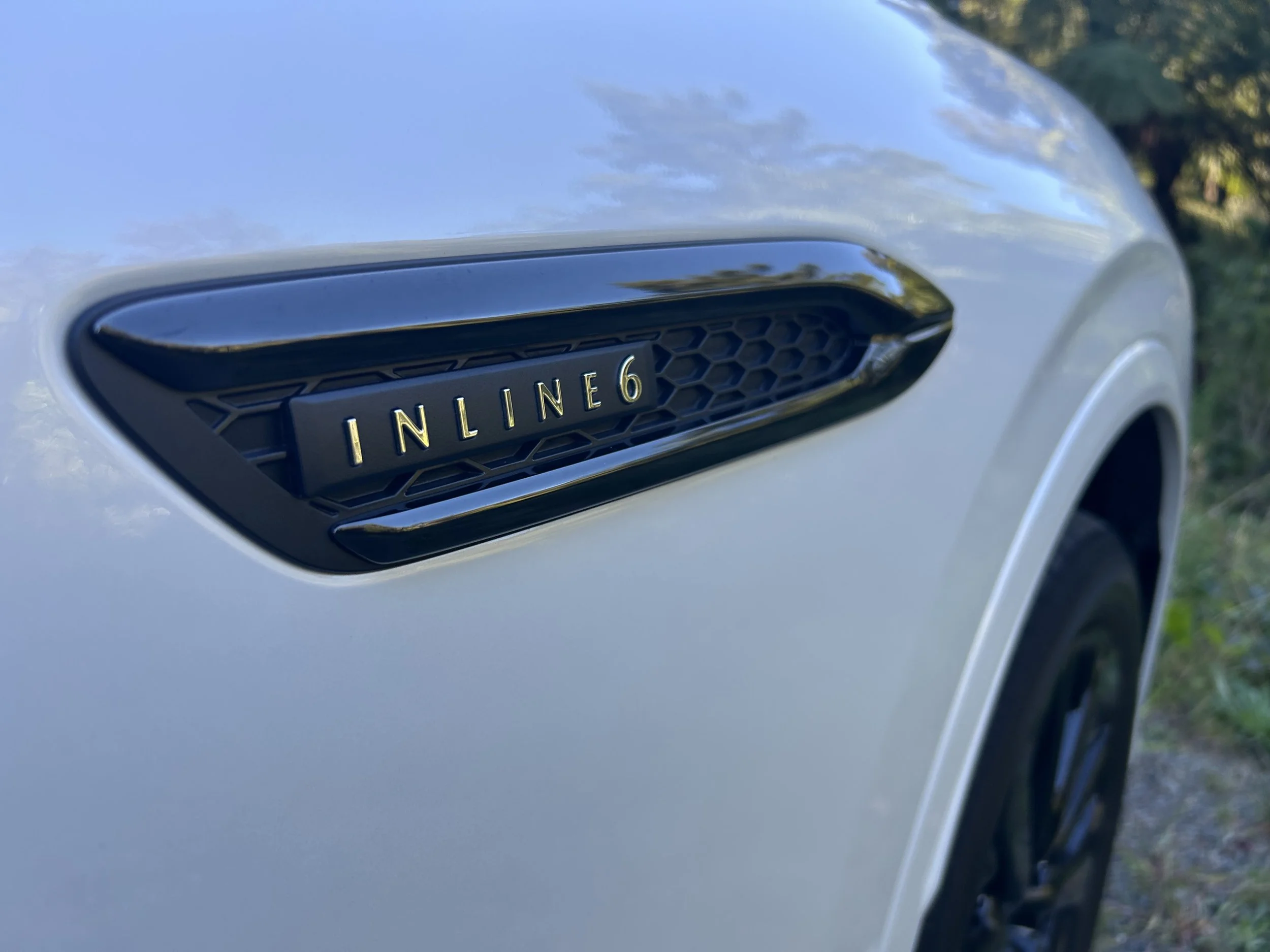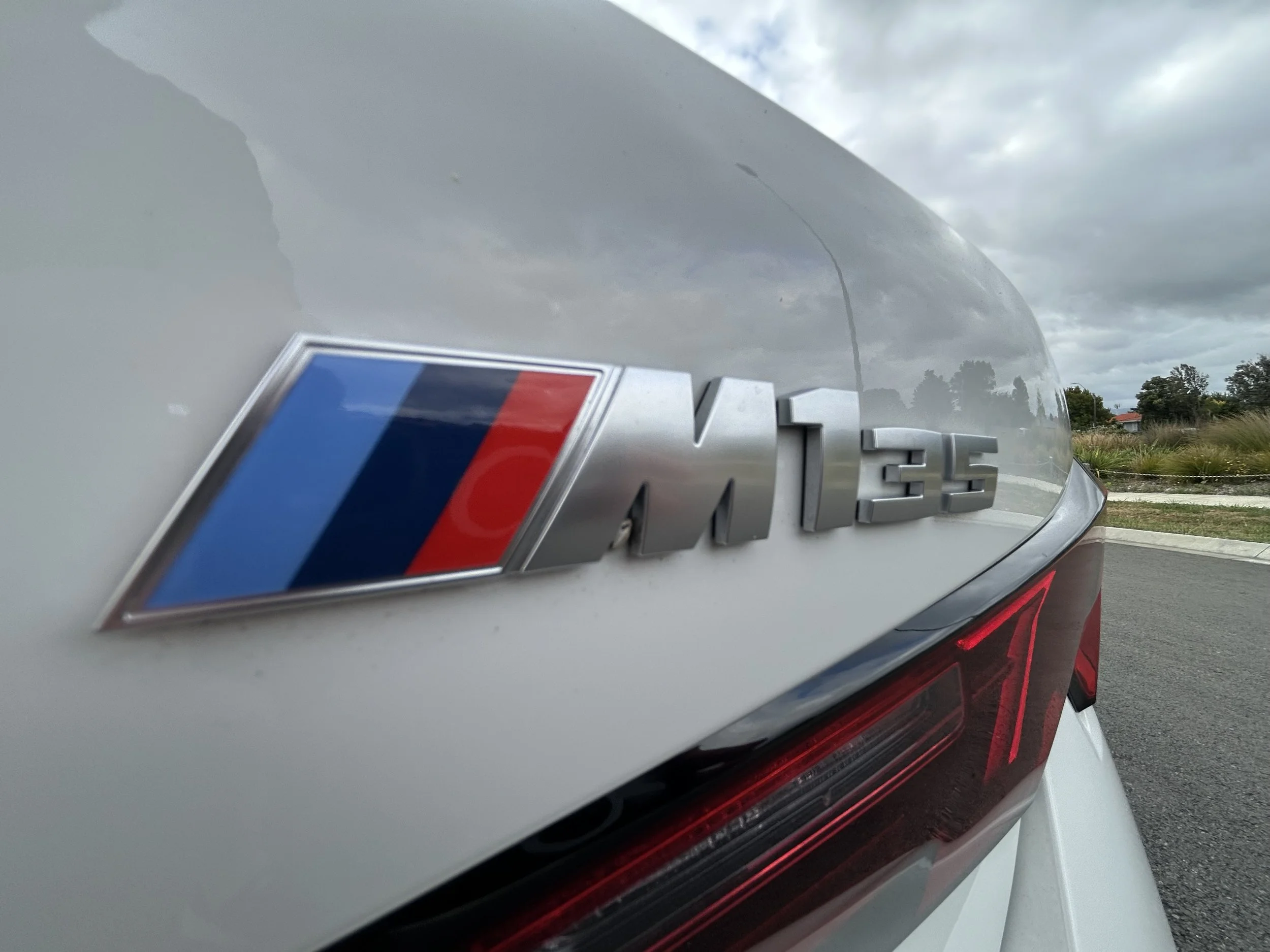Polestar 2 Standard Range road test review: Charging station contretemps
/EV acolytes sparking up at charging stations was an intriguing experience during this big drive.
Price: $76,900 ($79,900 as tested)
Powertrain: Single electric motor with 69 kWh 24 module lithium ion battery, output 170kW/330Nm, front-wheel drive. Energy use 18kWh/100km, range 470km.
Vital statistics: 4606mm long, 1859mm wide, 1482mm high, wheelbase 2735mm.
For: Clean-cut and unadorned looks, easy to use, very good ride and handling, achieves Clean Car rebate.
Against: Interior cosy towards cramped, thick rear pillars and smallish rear window affect rear view.
SURELY there has to be a collective noun for the increasing number of motorists who drive electric cars?
You couldn’t really call them a ‘fellowship’, because quite a few of them argue too much over available spaces at public charging stations. But you can’t call them an ‘argument’ either, because plenty of electric vehicle owners like nothing more than to engage in friendly chat about the relative merits of various models while their own vehicles are charging. And anyway, apparently that collective noun is already used – an ‘argument of architects’.
So how about ‘charge’? As in a ‘charge of EV owners’. That collective noun would be ideal, because it could cover everyone. From the grumpy, hurried types impatient about awaiting their turn at charging stations to the friendly ones who regard such occasions as simply a part of an EV owner comradeship.
About the buy-in. More than 50,000 EVs are on our roads, serviced by around 500 charging stations. That’s a lot of vehicles per charging station, particularly when a growing number of the vehicles can’t use the old-style CHAdeMO ports and are CCS.
Granted the bulk of EV charging is carried out either at home or at the workplace, but it’s also a fact that whenever a road trip of any distance is driven, then a public charging station must commonly be used. And that’s when the congestion can occur.
That was my experience when testing the Polestar 2, a strong seller here, the second-most popular passenger EV year-to-date behind the Tesla Model 3 by end of October.
Polestar 2 avails in two single motor forms, as a standard range with a 69kWh lithium-ion battery, with a WLTP-cited range of up to 470km, and long-range with a 78kWh battery and up to 540km, plus as dual motor long-range dual motor, with a range of 480km. MotoringNZ tested the latter in February (https://www.motoringnz.com/tested/2022/2/2/polestar-2-roadtest-review-the-new-prime-number?rq=polestar).
This test entailed taking the standard-range from Polestar New Zealand headquarters in Newmarket, Auckland, and driving it back to my home in New Plymouth then, a few days later, to Whanganui, where it’d be handed over to another journalist.
About that range. It’s from a fully charged battery, a state Polestar doesn’t wholly recommend. It suggests it’s better for the battery’s long-term life to charge to no more than 90 percent. On pick up the car wasn’t at that level. The on-board computer estimated I’d be 27km short of reaching New Plymouth.
No problem. The man at Polestar HQ reminded that many people head for a ChargeNet hypercharger station at the top of the Bombay Hill to top up. Seemed good advice to me.
The cruise down the southern motorway was time to get acquainted with the car. It’s the sole model to qualify for the $8625 Clean Car rebate, though with the optional Pilot Lite pack, which enhances the safety elements, the one I was driving just squeaked in for that. Front-drive, 170kW and 330Nm, 0-100kmh in 7.4 seconds … pretty good for a full-sized family car.
Whereas some EVs are very futuristic in their look, the Polestar 2 is understated and unadorned. That thought even goes to the badging. Maybe that’s why it has the model name and type spelled out in writing on the flanks. Even then, it’s very restrained for the logo count, including within the cabin.
It’s an interesting interior, with the dominant features of a very deep centre console, and a very large touchscreen, almost at eye-level. Once again it is all quite unadorned..
Time to go. But first, how to make it go? I was just the latest to learn there’s no ignition button as such. If you’re a keyholder, sensors in the driver’s seat do the job to telling the car you’re the driver. All the driver has to do is press the brake pedal and the car will ready itself for driving.
I busied with the touch screen to tailor the driving characteristics, starting with setting the steering feel preference to ‘firm’. Other options are ‘light’ and ‘standard’. I like to have a certain heft to my power steering, In respect to ride control, I didn’t go to ‘sport mode’ as that disengages stability control.
Polestar 2 doesn’t have performance modes but prefers single pedal battery regeneration. I don’t enjoy the abrupt feel of strong regenerative braking when on a trailing throttle, so went for ‘low’ as opposed to the more forceful ‘standard’.
One other thing: there is the opportunity to select Creep mode, which allows the car to move slowly without the accelerator pedal being used. I find that mode useful when manoeuvring into parking spaces, so that was selected in anticipation of parking at one or more EV charging stations.
After about 46 kilometres’ driving I reached the Bombay charger; which comprises several of the distinctive big box units, all pumping out up to 300kW – that’s six times the rate of the standard, slimline-look ChargeNet units that are far more common and thus so much faster. One was in use, the other was free. But….
”There’s not much use parking there mate – it’s busted,” said the owner of one of the other EVs there. How long was he going to be there? “As long as it takes mate.” Oh. As it turns out, he was gone after 15 minutes.
I wasn’t at his vacated spot long before another driver turned up asked how long was I going to be, as he was in a hurry. So I reduced the level of charge (you do this with the Range Assistant) and, after a short time, unhooked, figuring I easily already had sufficient juice to get to Te Kuiti for another top-up.
The car’s Google OS is designed primarily for Android phone involvement. I use that and found it terrific, the navigation being very accurate in its guidance and also range estimate. I cruised into Te Kuiti with the battery level at 49 percent and 190km left in the ‘tank’. This would have got me to New Plymouth with about 25km of charge to spare, but I decided to replenish at the 50kWh charger, just in case. Nothing like a touch of range anxiety to convince you to be conservative, I reckon.
A Nissan Leaf was in one of the bays, but wasn’t plugged in. A short time later a young couple arrived in another car and asked how long it might be before a space was free. That’s when the Leaf owner arrived, eating an ice cream.
Here reply to why her car was there if she didn’t intend to charge her vehicle? “This parking area is for EVs – so I’m using it!” Er, not sure that’s right. By then my range was up to 230km. I uncoupled and left everyone to it.
Te Kuiti to New Plymouth includes the Mahoenui Hill, Awakino Gorge and Mt Messenger; daunting geographic features. It was through there that I began to appreciate how well the Polestar 2 rides and handles.
Due to it having a very large centre console, the environment up front is quite cosy – some might call it cramped – and the front seats sit quite low. But it’s a nice driving position.
I was watching my range and became a little confused. The touchscreen and the dash both had readouts, one was about 20km more optimistic than the other. Which was the most accurate? It didn’t matter, as I had plenty on reserve when pulling into my driveway. Unsurprisingly, given the diversity of terrain, the car’s instant consumption ranged widely, but the whole trip average was 18kWh per 100km.
The car was a good accomplice for that drive. I thought the ride had been a touch firm, but I loved “Hey Google”, passing good time instructing it to tell jokes and sing songs, one encouraging me to get vaccinated against Covid-19. The things you do when travelling alone, huh?
Polestar say the vehicle will charge from 20 percent to 80 percent in about 40 minutes at a grunty public charging station. The same level of recharge from a home wallbox will take seven hours.
Before leaving New Plymouth for Whanganui I headed to a mid-city charging station, finding it crowded, so I selected 70 percent charge for convenience. The charging station at Waverley is very conveniently located outside some public toilets. By then the battery level was down to 49 percent and range was 190km. While I used the toilet, the car replenished. I wasn’t there long, yet during that period two drivers, one in a Tesla and Mitsubishi Outlander PHEV, turned up.
I suppose congestion at public charging stations is just like congestion at service stations, but there is one major difference – it can take far longer to charge an EV than it does to pour some petrol or diesel into an ICE vehicle. It’s going to get worse too, because our EV population is continuing to rapidly grow. That’s where my so-called Charge of EV Owners is going to be increasingly important, as the national collective of users of electric vehicles work out how to share facilities for the convenience of all.






















